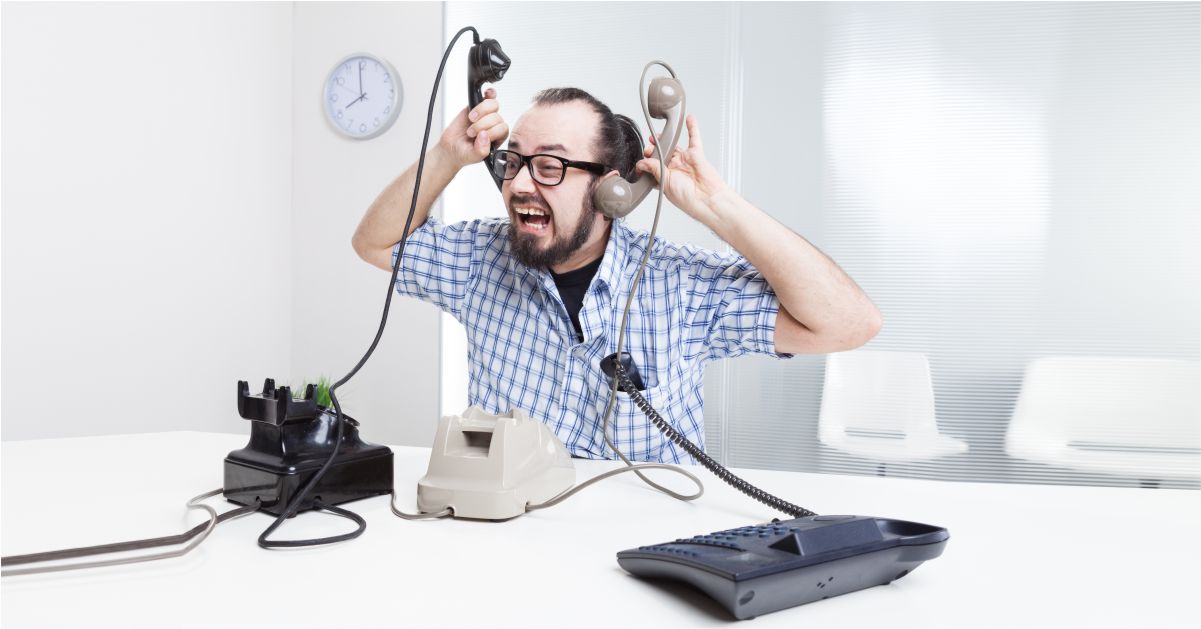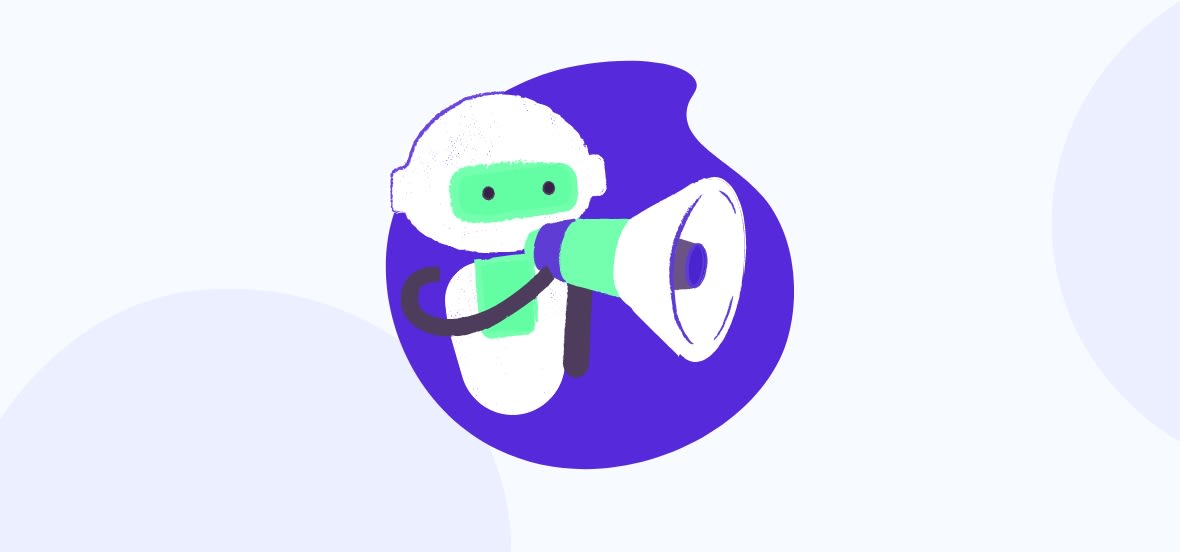All Categories
Featured
Table of Contents
What Are The Highest Rated Virtual Receptionist (Live Phone Answering Service)?
This gadget and its successors were designed by Sava Jacobson, an electrical engineer with a personal consulting service. While early voice mail utilized magnetic tape technology, many modern equipment uses strong state memory storage; some devices utilize a mix of both, with a solid-state circuit for the outbound message and a cassette for the inbound messages.
"toll conserving" below) (business call answering service). This is beneficial if the owner is evaluating calls and does not want to speak with all callers. In any case after going, the calling party must be notified about the call having actually been responded to (for the most part this starts the charging), either by some remark of the operator, or by some welcoming message of the little bit, or addressed to non-human callers (e.
This holds particularly for the TADs with digitally stored greeting messages or for earlier devices (before the rise of microcassettes) with a special unlimited loop tape, different from a 2nd cassette, dedicated to recording. There have actually been answer-only gadgets with no recording capabilities, where the welcoming message had to inform callers of a state of present unattainability, or e (phone answering service).
Best Answering Services Prices Near Me

about schedule hours. In recording TADs the welcoming typically consists of an invite to leave a message "after the beep". A voice mail that utilizes a microcassette to tape messages On a dual-cassette answerphone, there is an outbound cassette, which after the defined variety of rings plays a pre-recorded message to the caller.

Single-cassette answering devices contain the outbound message at the start of the tape and inbound messages on the remaining space. They initially play the announcement, then fast-forward to the next available space for recording, then tape the caller's message. If there are numerous previous messages, fast-forwarding through them can cause a considerable delay.
This beep is frequently referred to in the welcoming message, requesting that the caller leave a message "after the beep". Littles with digital storage for the recorded messages do not show this delay, naturally. A little bit may provide a push-button control facility, where the answerphone owner can ring the house number and, by getting in a code on the remote telephone's keypad, can listen to taped messages, or erase them, even when away from house.
What Is The Best Temporary Or Short-term Call Answering Services Company?

Consequently the machine increases the number of rings after which it responds to the call (usually by two, resulting in four rings), if no unread messages are presently stored, however responses after the set variety of rings (typically 2) if there are unread messages. This enables the owner to discover whether there are messages waiting; if there are none, the owner can hang up the phone on the, e.
Some makers likewise allow themselves to be from another location triggered, if they have been turned off, by calling and letting the phone ring a specific a great deal of times (generally 10-15). Some provider abandon calls currently after a smaller sized number of rings, making remote activation impossible. In the early days of TADs a special transmitter for DTMF tones (dual-tone multi-frequency signalling) was regionally needed for remote control, given that the previously employed pulse dialling is not apt to communicate appropriate signalling along an active connection, and the dual-tone multi-frequency signalling was carried out step-by-step.
Any incoming call is not identifiable with respect to these properties in advance of going "off hook" by the terminal devices. So after going off hook the calls need to be changed to suitable gadgets and only the voice-type is instantly accessible to a human, however possibly, however need to be routed to a TAD (e.
How Do I Find A 14 Benefits Of A Telephone Answering Service In 2023 Service?
What if I informed you that you do not need to actually get your device when responding to a consumer call? Another person will. So hassle-free, ideal? Addressing telephone call doesn't need somebody to be on the other end of the line. Efficient automated phone systems can do the trick simply as effectively as a live agent and often even better.
An automatic answering service or interactive voice reaction system is a phone system that communicates with callers without a live person on the line - answering service. When business utilize this technology, customers can get the answer to a question about your business merely by utilizing interactions established on a pre-programmed call circulation.
Although live operators upgrade the consumer service experience, many calls do not need human interaction. A basic documented message or instructions on how a customer can obtain a piece of information generally fixes a caller's immediate requirement - reception services. Automated answering services are a basic and effective method to direct incoming calls to the best individual.
Who Has The Best The Best Answering Service For Clinics?
Notice that when you call a business, either for support or item questions, the first thing you will hear is a pre-recorded voice greeting and a series of choices like press 1 for client service, press 2 for queries, and so on. The pre-recorded alternatives branch out to other choices depending on the customer's choice.
The phone tree system helps direct callers to the best individual or department utilizing the keypad on a mobile phone. In some instances, callers can use their voices. It's worth keeping in mind that auto-attendant choices aren't restricted to the ten numbers on a phone's keypad. When the caller has actually picked their first alternative, you can design a multi-level auto-attendant that uses sub-menus to direct the caller to the right sort of support.
The caller does not need to interact with a person if the auto-attendant phone system can manage their concern. The automated service can path callers to a worker if they reach a "dead end" and require help from a live representative. It is expensive to employ an operator or executive assistant.
Best Answering Machine Sales Near Me
Automated answering services, on the other hand, are significantly less costly and supply significant cost savings at approximately $200-$420/month. Even if you don't have committed staff to deal with call routing and management, an automated answering service enhances performance by allowing your group to focus on their strengths so they can more effectively invest their time on the phone.
A sales lead routed to consumer service is a lost shot. If a client who has item concerns reaches the wrong department or receives insufficient answers from well-meaning workers who are less trained to handle a specific kind of question, it can be a reason for aggravation and discontentment. An automatic answering system can lessen the variety of misrouted calls, thus helping your staff members make better usage of their phone time while maximizing time in their calendar for other jobs.
With Automated Answering Systems, you can create a personalized experience for both your staff and your callers. Make a recording of your primary welcoming, and merely update it routinely to reflect what is going on in your organization. You can produce as many departments or menu choices as you desire.
Latest Posts
Reliable Virtual Reception Solutions Near Me
Eco-Friendly Virtual Phone Answering ( VIC)
Efficient Small Business Answering Service Near Me ( Brisbane 4000)